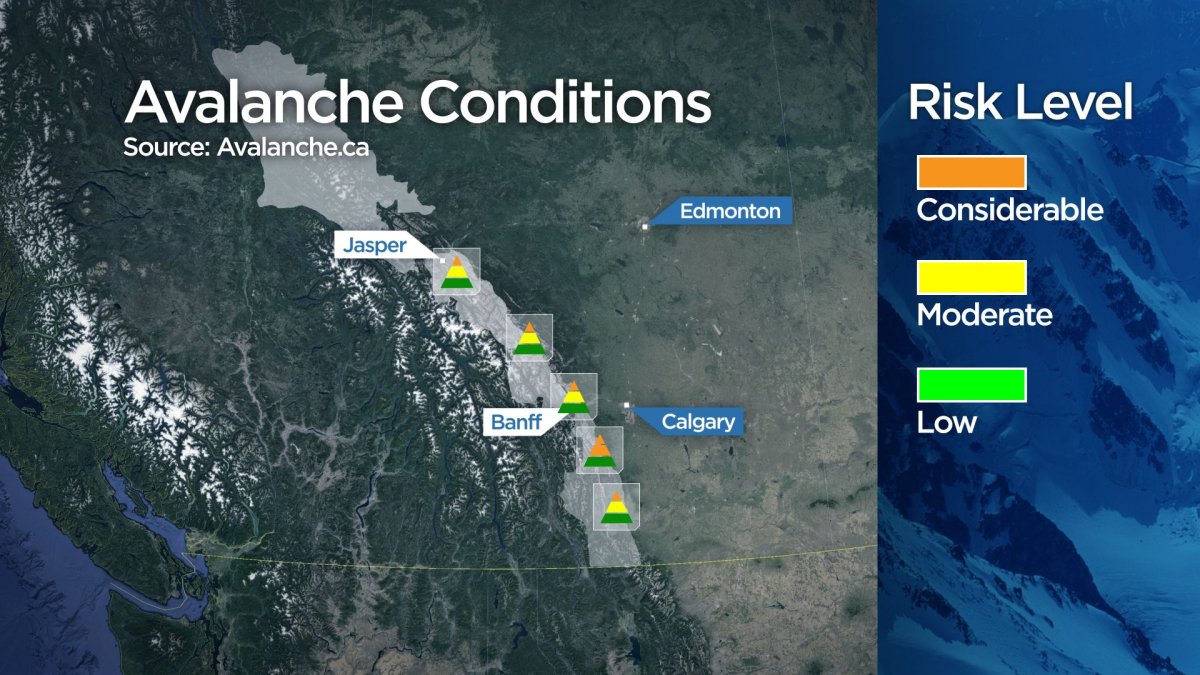EDMONTON – This month is well known as being a great time to adventure in the Rocky Mountains. But experts at Avalanche Canada warn that March is the deadliest time of year to be exploring out of bounds and in the back country.

“Warming has a destabilizing effect on the snow pack, and it makes avalanches more likely,” explained Joe Lammers, a forecaster with Avalanche Canada based in Revelstoke, B.C..
“When that complicated winter snow pack heats up, especially when you have direct solar radiation, you dramatically increase the chances of larger, more destructive avalanche activity,” Lammers explained.
“Statistically, the month of March is the deadliest month for avalanche fatalities.”
Over the past 10 years there have been, on average, 12 avalanche fatalities a year in Canada. This season alone, there have already been eight.
“Seven of those individuals who passed away were snowmobilers,” Lammers continued. Having sledded for a long time doesn’t mean that you know about avalanche safety.”
WATCH: Alberta man escapes B.C. avalanche, catches entire thing on camera
The statistics show that the demographic most impacted by slides this year are also the least qualified to be using the back country.
“Over the past few years we’ve had 7,000-8,000 people taking avalanche training per year. But the number of snowmobilers taking avalanche training courses remains the minority at about 10 per cent of the total,” Lammers said.
A long-time sledder himself, Lammers said if his friends don’t have the appropriate training they are not allowed to join their group.
“If you’re not educated in avalanche safety, I wouldn’t go out, even if you have all the gear.”
“At the very minimum an avalanche transceiver, a probe and a shovel – and you need to know how to use the stuff as well.”
He also said that the attitudes towards mountain safety must change.
“There’s physical courage to hit cool terrain and hit the mountains hard, but there’s also social courage,” Lammers explained. “The kind of courage to stand up and say, ‘Hey, I don’t feel good about this’ or, ‘I think I’m over my head here, I don’t know if this is safe of not.'”
“Speaking up at a time like that takes a different type of courage and I think we need to see more of that.”
Below the tree line in the major avalanche areas, the risk factor is low. But the higher you climb, the higher the risk.
In Jasper National Park the avalanche risk is considerable up top, and moderate along the tree line.
In the Banff, Yoho, Kootenay and Little Yoho National Parks, the risk is moderate in both the middle and top mountain areas. And in Kananaskis Country, considerable risk factors exist at both the tree line and alpine elevations. However, conditions can change on a dime depending on the weather.



Comments